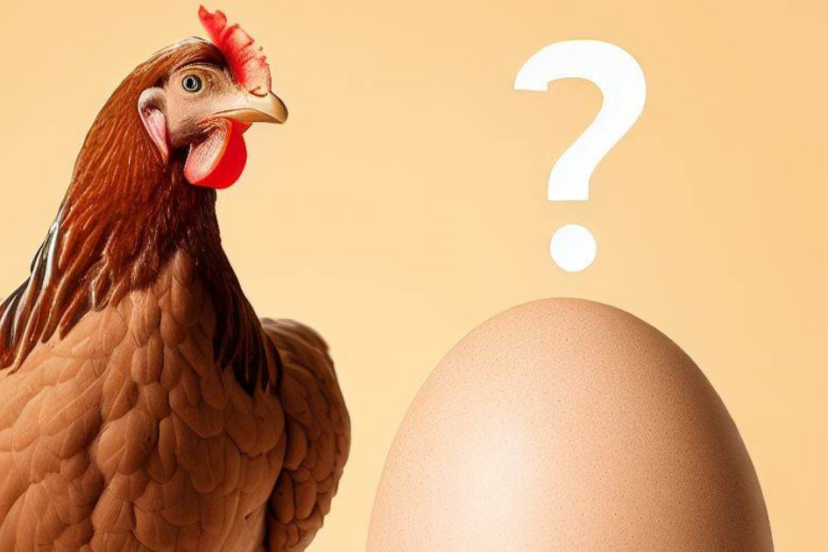There’s something mesmerizing about observing these feathered friends going about their daily routine, gifting us with those precious eggs. This entire process takes just about 24 to 26 hours! Nature’s efficiency at its finest. From the mysterious biology behind their egg production to the delightful surprises that await us, there’s so much to unravel in the realm of “how many eggs do chickens lay a day.” Let’s crack open this egg-citing topic and explore the fascinating habits of our clucking companions!
The Egg-laying Process: How Many Eggs Do Chickens Lay a Day
When a hen reaches maturity, her reproductive system undergoes a remarkable transformation. It’s a symphony of hormonal signals and intricate mechanisms working in harmony to bring forth the miracle of egg-laying.
Once a yolk reaches maturity, it embarks on a remarkable journey through the oviduct, an extraordinary passage within the hen’s reproductive system. Think of the oviduct as a nurturing conveyor belt, guiding the yolk along different sections, each playing a crucial role in egg formation.
As the yolk travels through the oviduct, it encounters various secretions and fluids that add layers to the egg. First comes the egg white, or albumen, which serves as a protective cushion for the developing embryo. The albumen is rich in proteins, providing essential nutrients for the potential life within.
The hen’s body produces calcium carbonate, which is carefully deposited around the egg, creating the sturdy shell that safeguards the precious contents within. It’s awe-inspiring to think about the intricate process that goes into creating such a delicate yet resilient shell.
This entire process takes just about 24 to 26 hours! Nature’s efficiency at its finest.
However, as fascinating as this process is, it’s not always smooth sailing. Various factors can influence egg-laying frequency. Stress, for instance, can disrupt the hormonal balance, leading to temporary reductions in egg production. Similarly, a hen’s nutrition plays a critical role in her ability to lay eggs consistently. A well-balanced diet ensures she has all the essential nutrients needed for egg production.
Furthermore, the environment in which the hen lives also plays a significant role. Factors such as lighting, temperature, and living space can impact her laying habits. Ensuring a comfortable and stress-free environment is essential for maintaining consistent egg production. Next part looks at Factors Influencing Egg production.
Factors Influencing Egg-laying Frequency: How Many Eggs Do Chickens Lay a Day?
1. Breed and Age: Different chicken breeds have distinct egg-laying capabilities. Some breeds are renowned for their prolific egg production, while others may be more modest layers. Additionally, a hen’s age also plays a vital role. Younger hens typically lay more frequently, reaching their peak egg production during their first year. As they age, the number of eggs they lay might decrease gradually.
2. Lighting Conditions: Believe it or not, the amount of light a hen receives can significantly impact her egg-laying behavior. Chickens are highly responsive to daylight. Longer daylight exposure, either naturally or artificially provided, stimulates their reproductive hormones and boosts egg production.
3. Nutrition and Diet: A well-balanced diet is the cornerstone of consistent egg production. Hens require a diverse mix of nutrients, including protein, vitamins, and minerals, to lay eggs regularly. A deficiency in any essential nutrient can disrupt their reproductive cycle and reduce egg output.
4. Stress and Environment: Just like us, chickens can feel stressed, and it directly affects their laying patterns. Stressors such as excessive noise, overcrowded living spaces, sudden changes in environment, or the presence of predators can disrupt their hormonal balance and lead to a temporary decrease in egg production.
5. Seasonal Changes: Mother Nature has her way of influencing egg-laying frequency. During spring and summer, when days are longer and brighter, hens tend to lay more eggs. As the days shorten in fall and winter, their egg production may naturally reduce.
6. Broodiness: Some hens have a strong maternal instinct and may become broody, meaning they want to incubate eggs to hatch chicks. When a hen is broody, she often stops laying until her broodiness subsides.
By understanding these various factors, we can better optimize egg-laying frequency and ensure our feathered friends are happy and productive layers.
Optimizing Egg Production:

In this part, we’ll explore practical tips to ensure our feathered companions are healthy and productive layers. Additionally, we’ll address common concerns and challenges that might arise along the way.
1. Tips to Encourage Healthy Egg-laying Behavior:
Nutritious Diet: Providing a well-balanced diet enriched with essential nutrients is the foundation of robust egg production. A high-quality layer feed with the right amount of protein, vitamins, and minerals supports hens’ health and their ability to lay nutritious eggs.
Abundant Water Supply: Access to clean and fresh water is vital for a hen’s overall well-being and egg production. Ensure a steady supply of water, especially during hot weather, as dehydration can affect egg-laying frequency.
Comfortable Nesting Areas: Creating cozy and comfortable nesting areas encourages hens to lay eggs in designated spots. Offering private and secluded nests helps alleviate stress, promoting more consistent egg-laying.
Ample Daylight Exposure: As daylight significantly impacts egg-laying, providing hens with sufficient light exposure is crucial. Natural sunlight or artificial lighting should extend the day to approximately 14-16 hours to stimulate their reproductive cycle.
Regular Egg Collection: Collecting eggs regularly is essential to prevent broodiness and ensure hens continue to lay. Leaving eggs in the nest for extended periods may encourage broody behavior and reduce egg-laying frequency.
2. Addressing Common Concerns and Challenges:
Egg Eating: Occasionally, hens may develop a habit of eating their eggs, leading to egg loss. To prevent this behavior, offer a calcium supplement to meet their nutritional needs, and promptly remove any broken eggs from the coop.
Egg Shell Quality: Brittle or thin eggshells can be a concern. Strengthen hens’ eggshells by providing a calcium supplement or crushed oyster shells in their feed.
Weather-related Stress: Extreme weather conditions, such as excessive heat or cold, can stress hens and reduce egg production. Ensure proper ventilation and temperature control in the coop to support their well-being.
Molting Periods: During molting, hens shed and regrow feathers, diverting their energy away from egg production. It’s normal for egg-laying to decrease during this time, but it will resume once molting is complete.
Predator Threats: Fear of predators can disrupt egg-laying habits. Ensure a secure coop and run to provide a safe environment for your hens.
By implementing these tips and addressing common challenges, we can create an optimal environment for our beloved hens to thrive as productive layers.
2. Balanced Diet Recommendations for Improved Production:
Premium Layer Feed: High-quality layer feed, specifically formulated for egg-laying hens, is the backbone of their diet. Look for feeds with around 16-18% protein content to support egg production.
Supplementary Treats: Treats like greens, fruits, and kitchen scraps add excitement to their diet. Just remember, treats should only comprise about 10% of their daily intake, so they don’t miss out on essential nutrients.
Calcium Boosters: To ensure strong eggshells, offer crushed oyster shells or a calcium supplement. Free-choice access to calcium allows hens to regulate their intake based on their needs.
Grit Goodness: Chickens require grit to aid in digesting their food, especially when enjoying treats or foraging. Offer a separate container of grit for them to peck at as needed.
Free-range Fun: If possible, allow your hens to free-range in a safe and supervised environment. They’ll forage for bugs and plants, adding natural diversity to their diet.
With a wholesome diet that caters to their specific needs, our beloved hens will flourish as productive layers, gifting us with a bountiful supply of farm-fresh eggs.
Housing and Environment
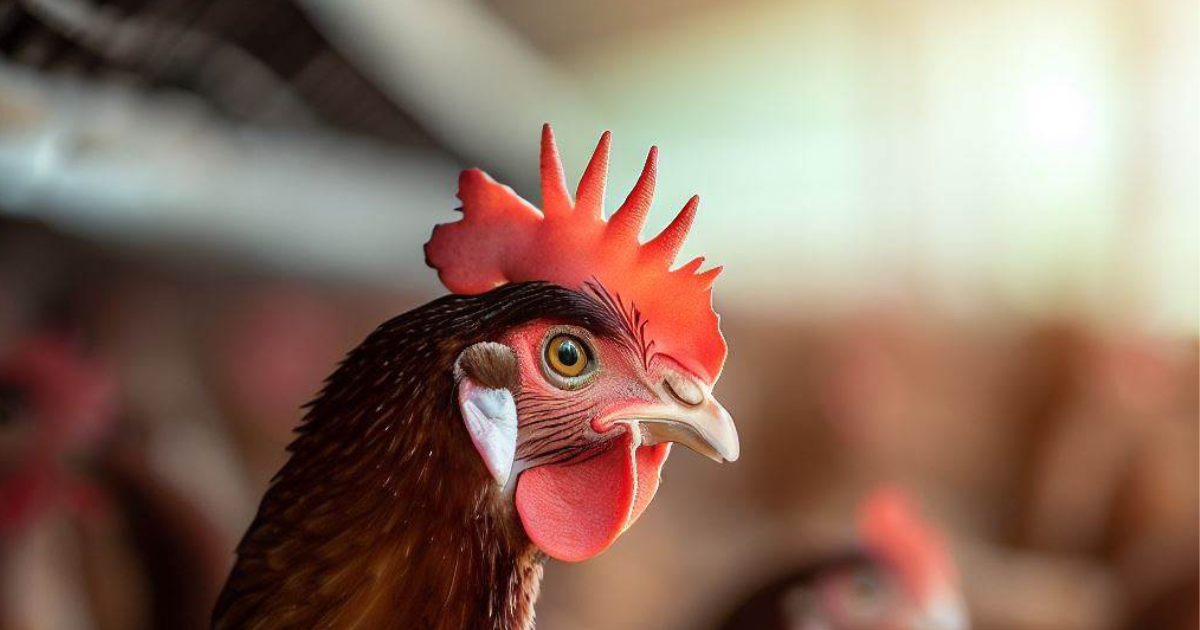
In this part, we’ll delve into the art of creating a comfortable environment for our feathered companions and discover how coop conditions play a pivotal role in their egg-laying journey.
1. Creating a Comfortable Environment for Chickens:
Imagine a sanctuary where our clucking companions can thrive, nestle, and lay their eggs with contentment. A well-designed chicken coop provides precisely that. Let’s delve into the elements that make a cozy haven for our hens:
Ample Space: A spacious coop allows chickens to move freely, stretch their wings, and socialize comfortably. Avoid overcrowding, as it can lead to stress and disrupt egg production.
Nesting Nooks: Nesting boxes should be private and cozy, creating a safe space where hens feel secure to lay their eggs. One nesting box per 3-4 hens is a good rule of thumb.
Ventilation and Light: Proper ventilation ensures fresh air circulation, preventing moisture buildup and unpleasant odors. Ample natural light or artificial lighting helps regulate their reproductive cycle and encourages more consistent egg-laying.
Bedding Bliss: Soft, clean bedding, such as straw or wood shavings, provides a comfortable surface for hens to rest and lay eggs. Regularly replace soiled bedding to maintain a hygienic environment.
2. The Impact of Coop Conditions on Egg-laying:
The environment in which chickens live significantly influences their well-being and productivity. Let’s explore how coop conditions can impact egg-laying habits:
Stress-Free Space: A calm and stress-free environment fosters a positive atmosphere for egg-laying. Minimize loud noises, sudden movements, and disturbances to keep hens relaxed.
Temperature Control: Extreme temperatures, whether scorching heat or freezing cold, can cause stress and reduce egg production. Insulate the coop appropriately and provide shade or heat sources as needed.
Nesting Box Appeal: A well-designed nesting box with fresh bedding and privacy encourages hens to lay eggs inside the designated area, preventing egg-laying in random spots.
Nest Egg Collection: Regularly collect eggs from the nesting boxes to prevent hens from going broody and encourage them to continue laying.
Clean Coop, Happy Hens: A clean and well-maintained coop promotes good health and contentment. Regularly clean the coop, remove debris, and sanitize to prevent the spread of diseases.
By crafting a nurturing environment and maintaining coop conditions, we empower our hens to thrive as productive layers.
Key Chicken Breeds: How Many Eggs Do Chickens Lay a Day

High Egg Layers:
Rhode Island Reds, Leghorns, and Sex Links are renowned for their impressive egg-laying capabilities. Rhode Island Reds, on average, lay around 200-300 brown eggs per year. Leghorns are champions of egg production, with each hen laying approximately 280-320 white eggs annually. Sex Links, a crossbreed, also excel with around 250-300 brown eggs per year. To maximize their productivity, offer a balanced diet rich in protein and calcium, ensuring they have ample space, a cozy nesting area, and constant access to fresh water and sunlight.
Dual-Purpose Breeds:
Orpingtons and Australorps shine as dual-purpose breeds, excelling in both egg production and meat quality. These versatile hens lay about 200-280 brown eggs per year. Prioritize a well-rounded diet that caters to their dual needs, and provide free-range opportunities, as they enjoy foraging, which positively impacts their well-being and egg-laying.
Ornamental Breeds:
Fancy breeds like Silkies and Polish chickens may lay fewer eggs compared to high egg layers. Silkies lay about 100-150 small cream-colored eggs annually, while Polish chickens lay around 180-220 white eggs per year. Embrace their ornamental value and understand that their primary charm lies in their unique appearance rather than high egg output. Offer these exquisite hens ample space, a cozy coop, and enriching activities for a happy and healthy life.
Heritage Breeds:
Plymouth Rocks and Wyandottes, esteemed heritage breeds, exude old-fashioned charm and historic significance. Their egg production might be moderate, with Plymouth Rocks laying about 200-250 brown eggs per year, and Wyandottes laying around 180-220 brown eggs annually. Despite this, they play a crucial role in preserving traditional chicken breeds. Provide them with a wholesome diet, regular health checks, and a stress-free environment to cherish their heritage presence.
Bantam Breeds:
Seramas and Belgian d’Uccles, among other delightful miniatures, bring big joy despite laying smaller eggs. Seramas lay adorable tiny eggs, usually around 100-150 eggs per year. Belgian d’Uccles produce small cream-colored eggs, with an average of 180-220 eggs annually. To care for these charming bantams, tailor their diet to their smaller size, ensuring they receive the necessary nutrients. Provide nesting boxes suitable for their dimensions, and create a safe and nurturing space where these little wonders can thrive and enchant all who encounter their cuteness. While their eggs may be small, their presence brings immeasurable delight to any poultry keeper’s heart.
By considering age and breed, we can embrace the delightful variations in egg-laying habits among our beloved hens.
Health and Egg-laying : How Many Eggs Do Chickens Lay a Day
In this part, we’ll delve into the art of identifying potential health issues and the essential practices to maintain a healthy flock for optimal egg output. Let’s embark on this feathered journey of well-being!
1. Identifying Signs of Potential Health Issues:
Lethargy and Unusual Behavior: Watch out for lethargy, hunching, or a sudden change in behavior. These signs might indicate underlying health problems that can disrupt egg-laying.
Abnormal Egg Production: Pay attention to irregular egg-laying patterns, such as a decrease in egg output or the presence of misshapen or soft-shelled eggs. These issues might indicate nutritional imbalances or health concerns.
Respiratory Distress: Labored breathing, coughing, sneezing, or nasal discharge can be signs of respiratory infections that may affect the flock’s overall well-being.
Feather Loss: Excessive feather loss or ragged feathers might indicate mite or lice infestations that can lead to stress and reduced egg-laying.
Digestive Disturbances: Diarrhea, watery droppings, or discolored feces might signal digestive issues or infections.
2. Maintaining Flock Health for Optimal Egg Output:
Regular Health Checks: Conduct regular health checks to monitor your flock’s well-being. Watch for any signs of illness or abnormalities and seek veterinary advice if needed.
Quarantine New Birds: When introducing new birds to the flock, quarantine them for a few weeks to prevent the spread of potential diseases.
Clean Coop and Bedding: Maintain a clean and sanitized coop, replacing bedding regularly. A clean environment minimizes the risk of diseases and keeps your hens healthy.
Parasite Control: Implement a regular parasite control program to keep mites, lice, and worms at bay. A healthy flock is less susceptible to parasites.
Balanced Diet: Provide a well-balanced diet rich in protein, vitamins, and minerals. Proper nutrition supports healthy egg production and overall flock health.
Access to Clean Water: Ensure your hens have access to clean and fresh water at all times. Dehydration can negatively impact egg-laying and health.
Stress Reduction: Minimize stress factors, such as overcrowding, excessive noise, or sudden changes in the environment. A stress-free flock lays more eggs and leads happier lives.
By observing and addressing potential health issues promptly and maintaining a proactive health care routine, we can support our flock’s well-being and promote optimal egg output.
Seasonal Changes: How Many Eggs Do Chickens Lay a Day

In this part, we’ll unveil the influence of seasons on egg-laying and delve into the art of adjusting our care to support our feathered companions during different seasons.
1. The Influence of Seasons on Egg-laying Patterns:
Spring: A Season of Abundance: With the arrival of spring, a burst of new life breathes energy into our hens. Longer daylight hours and milder temperatures invigorate their reproductive systems, leading to an increase in egg-laying frequency. During this season of abundance, expect a delightful surplus of fresh eggs.
Summer: Coping with the Heat: As the summer sun shines brightly, our hens may experience challenges with the heat. High temperatures can lead to stress and a temporary decline in egg production. Providing shade, cool water, and proper ventilation in the coop helps alleviate the impact of summer’s scorching embrace.
Fall: A Time of Transition: As the days gradually shorten and temperatures cool, hens begin to molt, shedding old feathers and regenerating new ones. Molting diverts their energy, leading to a natural reduction in egg-laying. Support your molting hens with extra protein and patience, as their new plumage prepares them for the coming winter.
Winter: Embracing the Cozy Chill: As winter sets in, shorter daylight hours can trigger a seasonal slowdown in egg-laying. During this time, hens prioritize self-preservation, conserving energy for survival. While egg production may decrease, providing warmth, supplemental lighting, and a balanced diet helps our hens navigate the winter chill with ease.
2. Adjusting Care During Different Seasons:
a) Nutrition and Seasonal Supplements: Tailor your hens’ diet to suit each season. In spring and summer, offer calcium supplements to support their eggshell production. During fall and winter, provide extra protein and essential nutrients to aid molting and maintain health during the colder months.
b) Shelter and Comfort: Ensure the coop is weather-resistant, offering protection from rain, wind, and extreme temperatures. During hot months, provide shade and ventilation to keep the coop cool, and in winter, insulate the coop to provide warmth and prevent drafts.
c) Lighting Management: In fall and winter, when daylight hours shorten, supplement with artificial lighting to maintain around 14-16 hours of light. This helps stimulate hens’ reproductive hormones, promoting more consistent egg-laying.
d) Monitoring Health: Regularly monitor your flock’s health during each season. Watch for signs of stress, overheating, or cold stress, and adjust care accordingly.
e) Patience and Understanding: Embrace the natural ebb and flow of egg-laying throughout the seasons. Understanding their seasonal patterns allows us to provide thoughtful care and support during each phase.
By harmonizing our care with the changing seasons, we honor the essence of our hens’ innate rhythms and optimize their well-being and egg production year-round.
Egg Collection and Storage
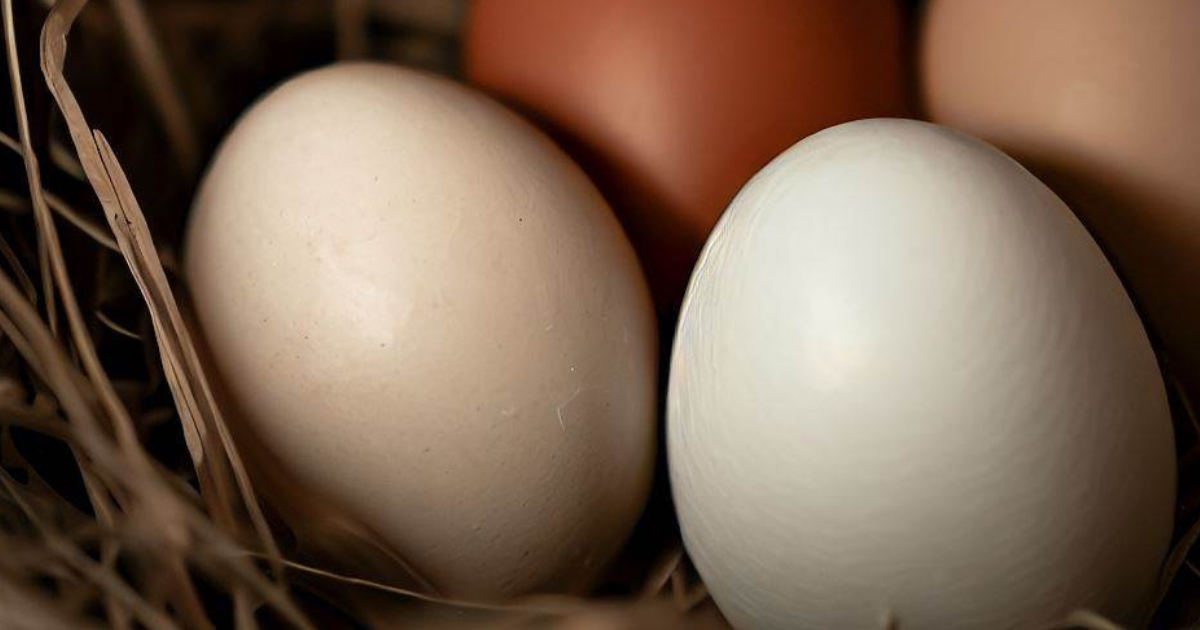
As a passionate chicken enthusiast and trusted advisor, I believe that proper egg collection and storage are essential aspects of responsible chicken keeping. In this part, let’s delve into the art of gathering eggs and preserving their freshness, ensuring that each golden treasure from our clucking companions reaches our table in perfect condition.
1. Proper Techniques for Collecting Eggs:
Daily Egg Checks: Make it a habit to collect eggs daily. Regular egg collection reduces the risk of eggs being pecked, soiled, or cracked by other hens.
Clean Hands and Nest Boxes: Before collecting eggs, wash your hands to maintain egg cleanliness. Ensure that the nest boxes are clean and filled with fresh bedding, providing a comfortable environment for hens to lay their eggs.
Gentle Handling: Handle eggs gently to avoid cracking or damaging the shells. Cracked eggs are more susceptible to contamination and should not be consumed.
Time of Collection: It’s best to collect eggs in the morning and early afternoon when hens are most active and have recently laid their eggs.
Marking Fresh Eggs: To keep track of egg freshness, consider marking the date on each egg with a pencil. This helps you use the oldest eggs first during storage.
2. Storing Eggs to Maintain Freshness:
Refrigeration: To preserve freshness and prevent bacterial growth, refrigerate eggs as soon as possible after collection. Store them in their original carton, pointed end down, at temperatures between 35°F to 40°F (1.7°C to 4.4°C).
Avoiding Odor Absorption: Eggs can absorb odors from other foods in the refrigerator. Keep them in their carton to protect their delicate flavor and prevent any unwanted smells.
Air Cell Up: When storing eggs, place them with the air cell up. The air cell is a pocket of air between the inner and outer membranes of the egg, and positioning it upward helps maintain freshness.
Don’t Wash Before Storage: It’s best not to wash eggs before storage, as this can remove the natural protective bloom on the shell, making them more susceptible to bacteria.
Use within a Reasonable Time: For the best taste and quality, use refrigerated eggs within four to five weeks of collection. As eggs age, they may lose some of their qualities, so it’s best to enjoy them while they are at their freshest.
By mastering the art of egg collection and storage, we ensure that each egg from our cherished clucking companions is cherished and savored to its fullest.
7 Misconceptions and Myths: How Many Eggs Do Chickens Lay a Day
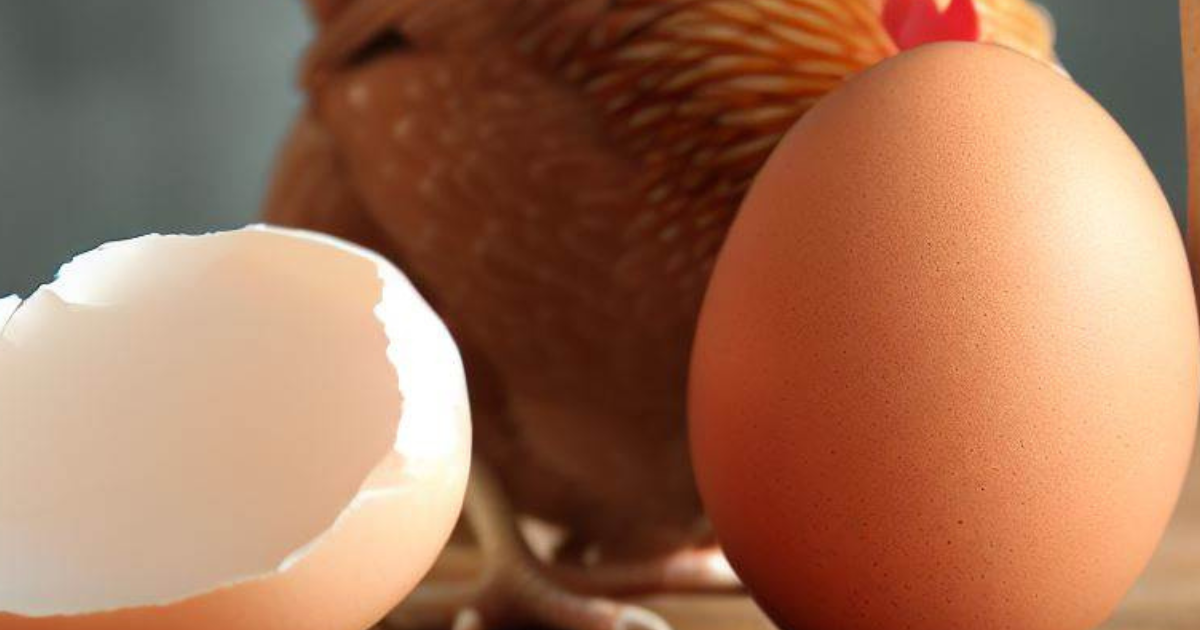
As an avid chicken enthusiast and trusted advisor, I’m dedicated to unraveling the mysteries surrounding chicken egg production. In this part, we’ll embark on a quest to debunk common myths and clarify misconceptions that often cloud our understanding of this enchanting process. Let’s separate fact from fiction for a better appreciation of our feathered companions and their egg-laying prowess.
Myth 1: Stress Leads to More Eggs:
Contrary to popular belief, stress is not a catalyst for increased egg production. While occasional stress is a natural part of life, excessive stress can disrupt a hen’s hormonal balance, leading to a reduction in egg-laying frequency. A peaceful and stress-free environment encourages optimal egg production.
Myth 2: Chickens Lay Eggs Daily:
While some high egg-laying breeds may lay eggs almost daily during their peak, most hens do not lay an egg every day. Egg-laying frequency varies based on age, breed, season, and individual factors. On average, a healthy hen lays about 5 to 6 eggs per week.
Myth 3: Brown Eggs Are Healthier Than White Eggs:
The color of an egg’s shell is determined by the breed of the hen and has no bearing on its nutritional value or quality. Both brown and white eggs offer the same nutritional benefits, with variations depending on the hen’s diet and living conditions.
Myth 4: Hens Need a Rooster to Lay Eggs:
Hens are remarkably self-sufficient egg layers and do not require a rooster’s presence to lay eggs. Roosters are necessary only for fertilizing eggs if you want to breed chickens. Otherwise, hens will continue to lay unfertilized eggs on their own.
Myth 5: Feeding Onions Improves Egg Flavor:
Feeding onions or strongly flavored foods to chickens does not improve the taste of their eggs. A balanced diet of nutritious feed and appropriate supplements contributes to the delicious flavor and nutritional value of the eggs.
Myth 6: Hens Stop Laying Eggs After a Certain Age:
While egg production may slow down as hens age, they do not stop laying eggs altogether. With proper care and nutrition, older hens can continue to lay eggs, albeit at a reduced frequency.
Myth 7: Artificial Lighting is Harmful to Hens:
Providing artificial lighting in the coop to supplement daylight hours is a common practice to stimulate egg-laying during winter. When used responsibly, artificial lighting does not harm hens and supports their natural reproductive cycle.
By dispelling these misconceptions and myths, we gain a clearer understanding of the nuances of chicken egg production.
Ethical Egg Production: How Many Eggs Do Chickens Lay a Day
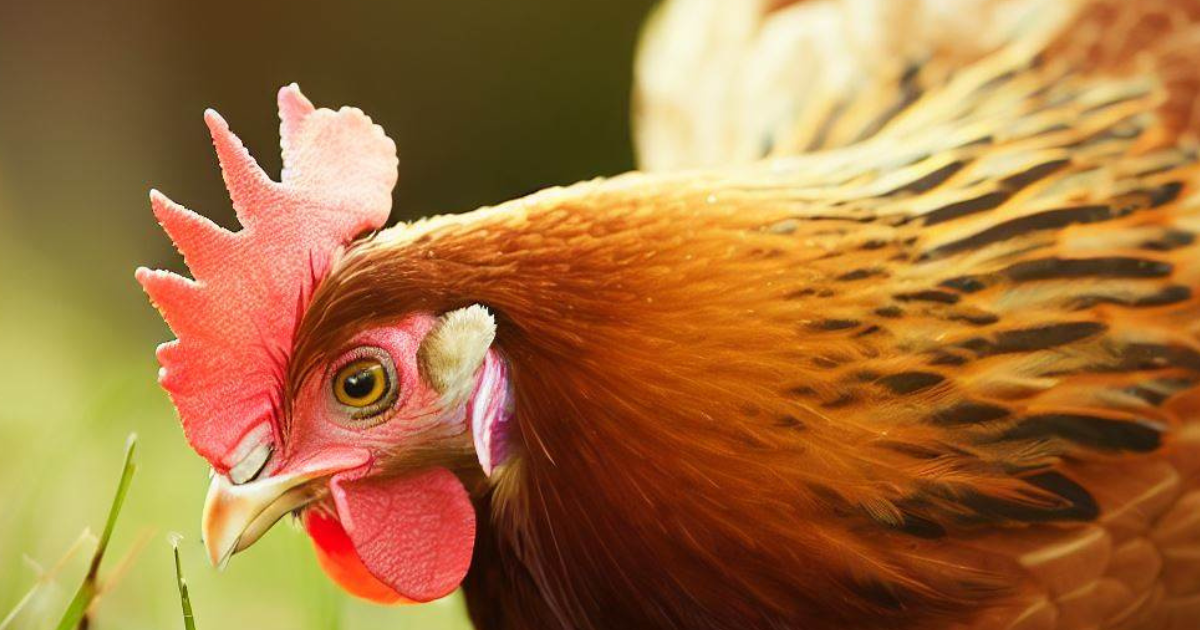
In this part, we’ll delve into the realm of conscientious practices and address concerns related to the well-being of our feathered friends. Let’s explore tips for promoting humane and ethical egg production, ensuring that our clucking companions live happy and fulfilling lives.
1. Addressing Concerns Related to Ethical Egg Production:
Cage-Free vs. Free-Range: Ethical egg production involves providing hens with ample space and freedom to express natural behaviors. Opt for cage-free or free-range eggs, as these practices prioritize the welfare of the hens, allowing them to roam, forage, and socialize.
Avoiding Battery Cages: Battery cages are restrictive and stressful environments for hens, hindering their ability to move and engage in natural behaviors. Choose eggs from farms that avoid using battery cages, supporting a more compassionate approach to egg production.
Male Chick Culling: The practice of male chick culling is a controversial aspect of the egg industry. Seek eggs from farms that adopt alternatives, such as using dual-purpose breeds or supporting initiatives to end this practice.
2. Tips for Promoting Humane Practices:
Backyard Flocks: Consider keeping your own backyard flock. This allows you to ensure your hens are treated with care, receive proper nutrition, and live in a safe and nurturing environment.
Provide Enrichment: Enrich the coop with perches, dust baths, and objects for pecking and exploring. Enrichment activities promote mental stimulation and improve the well-being of hens.
Regular Health Checks: Conduct regular health checks and seek veterinary care when needed. Prioritize the health and happiness of your hens, ensuring they receive prompt attention for any medical concerns.
Responsible Breeding: If breeding chickens, prioritize the health and genetic diversity of the flock. Responsible breeding contributes to healthier and more robust future generations.
Support Ethical Brands: Choose eggs from brands that prioritize ethical practices and transparently communicate their commitment to the well-being of their hens.
3. Empowering Consumers
Advocate for ethical egg production by engaging with local farmers and supporting initiatives that promote humane practices. As consumers, we have the power to drive positive change in the egg industry.
By adopting ethical egg production practices, we contribute to the well-being of hens and celebrate the wonder of these remarkable creatures.
8 Fun Facts about Eggs
As a passionate chicken enthusiast and trusted advisor, I can’t wait to delve into the fascinating world of egg trivia! In this part, let’s uncover a delightful collection of interesting and surprising facts about these incredible creations. Get ready for some egg-citing and quirky trivia that will surely engage and amaze you!
1. Egg-cellent Nutritional Powerhouse:
Did you know that eggs are a nutritional powerhouse? They are packed with essential nutrients, including high-quality proteins, vitamins, minerals, and antioxidants. In fact, eggs are one of the few foods that contain almost every nutrient needed by the human body, making them a fantastic addition to any diet.
2. The Shell’s Incredible Strength:
While eggshells might seem fragile, they are surprisingly strong! The structure of the eggshell is ingeniously designed to withstand external pressure while protecting the delicate contents inside. In some cases, you can even stand on an egg without breaking it (although we don’t recommend trying it at home!).
3. The Colorful Egg Palette:
Eggshells come in an array of beautiful colors, ranging from classic white and various shades of brown to even blue and green hues! The color of the eggshell is determined by the breed of the hen and has no effect on the egg’s taste or nutritional value.
4. Who Lays the Largest Eggs?
The largest eggs in the avian world come from the impressive ostrich! Ostrich eggs are around 6 inches long and weigh about 3 pounds, making them a true marvel. While chickens can’t compete with these giants, their eggs bring joy and sustenance to our tables in their own charming way.
5. A Shell-less Wonder:
Believe it or not, some chickens can lay eggs without shells! This unusual phenomenon is known as “shell-less” or “soft-shelled” eggs. It occurs when there is a temporary glitch in the egg-laying process, resulting in an egg without a hard outer shell.
6. A Cluckin’ Vocabulary:
Hens have their unique way of communicating with us! When they lay an egg, they often make a distinctive and joyous clucking sound to announce their achievement. It’s their way of saying, “Hey, I’ve just laid a wonderful egg!”
7. Eggceptional Egg-layers:
While chickens are known for their egg-laying prowess, some individuals have gone above and beyond. In 1979, a hen named “Harriet” laid an astonishing 927 eggs in a single year, setting a remarkable world record!
8. Ancient Egg Connection:
Eggs have been part of human history for thousands of years. Archaeologists have discovered evidence of egg consumption dating back to prehistoric times, making eggs one of the oldest and most enduring food sources.
Now that you’re armed with a basketful of egg-citing facts, you’re all set to amaze your friends with these quirky and egg-ceptional trivia!
Closing remarks: How Many Eggs Do Chickens Lay a Day
As we reach the end of this egg-sploitative journey, let’s take a moment to recap the key points we’ve discovered about “how many eggs do chickens lay a day.” As a devoted chicken enthusiast and trusted advisor, I’ve shared insights and tips to enhance your understanding and appreciation of our clucking companions and their marvelous egg-laying abilities.
Throughout this adventure, we explored the enchanting egg-laying process, considering factors such as the
biological aspects of egg production and the influence of age and breed on our hens’ productivity. We debunked myths and clarified misconceptions, ensuring you have a solid foundation of knowledge to guide you on your chicken-keeping path.
We emphasized the importance of ethical egg production, encouraging responsible practices that prioritize the welfare of our beloved feathered friends. By supporting cage-free and free-range eggs and avoiding battery cages, we contribute to a kinder and more compassionate approach to egg production.
Additionally, we delved into the delightful realm of fun facts about eggs, discovering the nutritional marvels they offer, the colorful array of eggshells, and even the world of shell-less wonders. With a cluckin’ vocabulary and eggceptional egg-layers, chickens continue to astound and charm us with their unique characteristics.
As we conclude this journey, I encourage you to embrace responsible chicken keeping and egg-laying practices. By making informed choices as consumers, we have the power to shape a brighter future for chickens and the egg industry.
FAQs
1. How many eggs can a chicken lay in a day?
On average, a healthy hen lays about one egg per day. However, egg-laying frequency can vary based on factors such as age, breed, season, and individual health.
2. Is it normal for chickens to skip days of egg-laying?
Yes, it’s perfectly normal for chickens to skip days of egg-laying. Various factors, including stress, weather changes, and molting, can influence their egg production, leading to occasional breaks.
3. Can the egg-laying frequency be increased artificially?
Artificially increasing egg-laying frequency is possible by providing supplemental lighting in the coop during the fall and winter months. However, it’s essential to ensure the hens still receive adequate rest and do not become overburdened.
4. What factors can decrease egg production in chickens?
Egg production in chickens can decrease due to factors like age, extreme temperatures, insufficient nutrition, stress, illness, and disturbances in their environment.
5. How long can eggs be safely stored before consumption?
Freshly laid eggs can be stored at room temperature for about a week. To prolong their freshness, refrigerate them in their carton for up to four to five weeks. Always check for signs of spoilage before consumption.
6. How many eggs will 100 chickens lay a day?
The number of eggs produced by 100 chickens can vary widely. On average, with 100 laying hens, you might expect around 80 to 90 eggs per day, depending on various factors and individual egg-laying patterns.
7. How many eggs does a hen lay in a year naturally?
A hen can lay approximately 250 to 300 eggs in a year, depending on her breed, age, and living conditions. Some high egg-laying breeds can produce even more eggs annually.
8. How many eggs can a chicken lay in a week?
On average, a chicken can lay about 5 to 7 eggs per week. Factors such as breed, age, and season can influence the exact number of eggs laid in a week.
9. How many eggs does a chicken lay in a lifetime?
Over their lifetime, a chicken can lay thousands of eggs. The exact number varies based on the breed, individual egg-laying patterns, and care provided.
10. How do chickens lay eggs without a male?
Hens can lay eggs without a male through a process called parthenogenesis, where the egg develops without fertilization. These eggs are unfertilized and cannot hatch into chicks.
*We may earn a commission from purchases made through our links, at no cost to you. This does not affect our product recommendations. Please see our disclosure to learn more.








